13 Best Herbal Creams For Body Odor
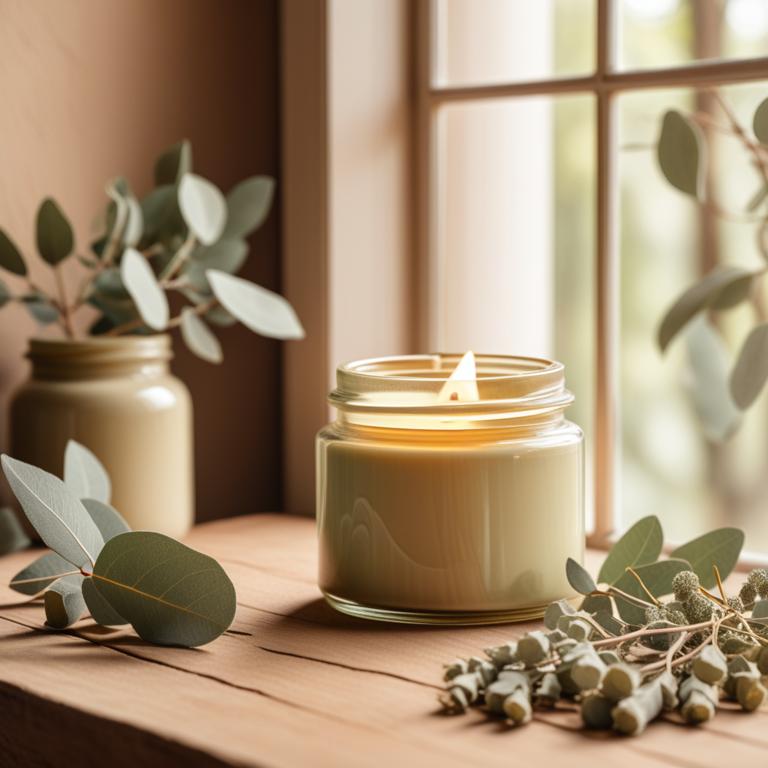
Herbal creams for body odor are topical products made from plant extracts that help to eliminate or reduce unpleasant body odor.
These creams are beneficial in treating body odor as they are gentle on the skin, non-irritating, and provide long-lasting freshness.
Examples of herbal creams used to treat body odor include tea tree oil cream, which has antibacterial properties that kill odor-causing bacteria; neem cream, which helps to control sweat and reduce bacteria growth; lavender cream, which has a calming effect and reduces stress that can contribute to body odor; and lemongrass cream, which has a natural deodorizing effect and reduces sweat.
Additionally, other herbal creams like chamomile, eucalyptus, and patchouli are also used to treat body odor due to their ability to reduce bacteria growth, soothe the skin, and provide a refreshing scent.
According to the study, creams for body odor using Garlic oil and Eruca oil may be formulated with a hydrophilic-lipophilic balance (rHLB) value of 7.92 for Garlic oil and 9.76 for Eruca oil, resulting in a stable and non-irritant cream with excellent antimicrobial activity.
Below there's a list of the 13 best herbal creams for body odor.
- 1. Melaleuca alternifolia creams
- 2. Eucalyptus globulus creams
- 3. Cinnamomum verum creams
- 4. Cymbopogon citratus creams
- 5. Lavandula angustifolia creams
- 6. Pelargonium graveolens creams
- 7. Rosmarinus officinalis creams
- 8. Zingiber officinale creams
- 9. Thymus vulgaris creams
- 10. Boswellia serrata creams
- 11. Pogostemon cablin creams
- 12. Salvia officinalis creams
- 13. Matricaria chamomilla creams
Also you may be interested in...
TODAY'S FREE BOUNDLE
Herb Drying Checklist + Herbal Tea Shopping List + Medicinal Herbs Flashcards
Enter you best email address below to receive this bundle (3 product valued $19.95) for FREE + exclusive access to The Aphotecary Letter.
$19.95 -> $0.00
1. Melaleuca alternifolia creams

Melaleuca alternifolia creams, also known as tea tree oil creams, have been used for centuries to treat body odor due to their antimicrobial and antifungal properties.
These properties help to reduce the growth of bacteria that cause body odor, thereby providing relief from this ailment.
The bioactive constituents of tea tree oil, including terpinen-4-ol and caryophyllene, contribute to its efficacy in treating body odor by inhibiting the growth of microorganisms that cause this condition.
The benefits of using Melaleuca alternifolia creams to treat body odor include their natural origin, non-toxic nature, and ability to provide long-lasting results without the need for harsh chemicals or artificial fragrances.
2. Eucalyptus globulus creams
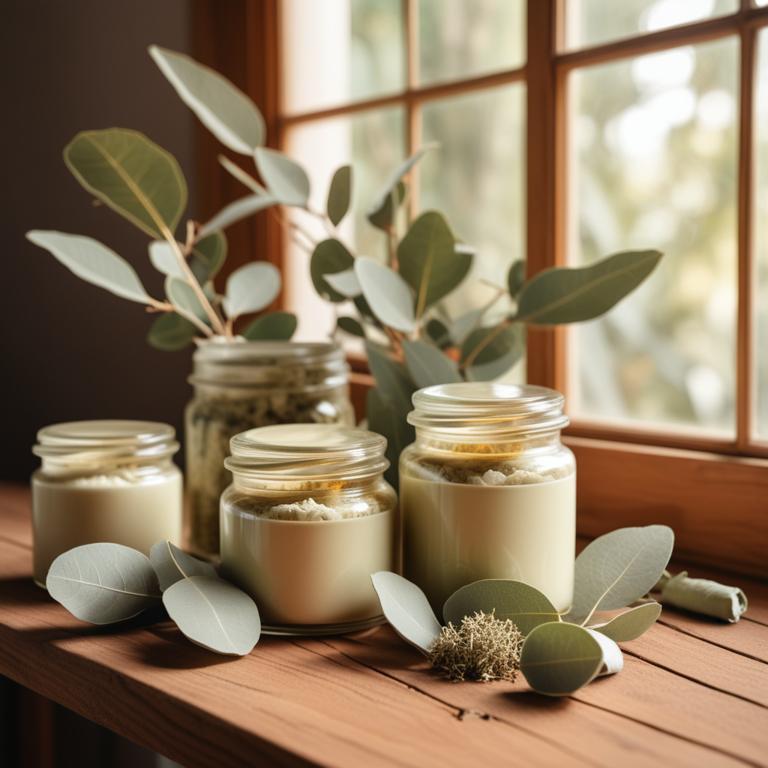
Eucalyptus globulus creams have been traditionally used to treat body odor due to their deodorizing and antimicrobial properties, which help to eliminate bacteria that cause unpleasant odors.
The herbal preparation is believed to help treat body odor by controlling sweat and reducing the growth of odor-causing bacteria, thereby preventing the formation of volatile organic compounds that contribute to body odor.
The bioactive constituents of Eucalyptus globulus, including eucalyptol, limonene, and pinene, possess antimicrobial and anti-inflammatory properties that help to combat body odor.
Regular use of Eucalyptus globulus creams can provide benefits such as reduced sweat, fresher body odor, and improved confidence and self-esteem.
3. Cinnamomum verum creams
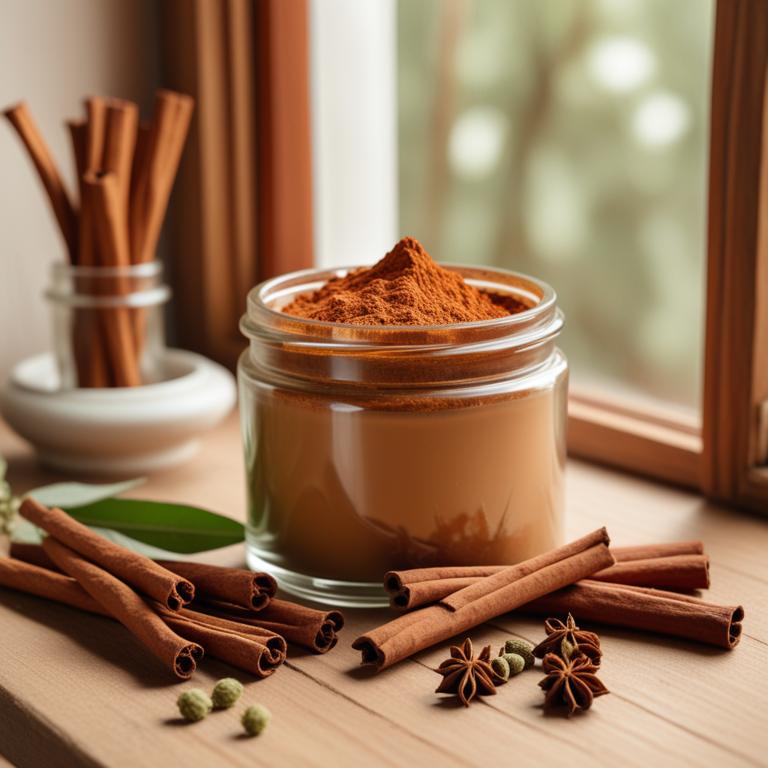
Cinnamomum verum creams have been used to treat body odor by harnessing the antiseptic and anti-inflammatory properties of this herbal preparation.
These properties help to treat body odor by reducing bacterial growth and inflammation in the affected area, thereby preventing the production of malodorous compounds.
The bioactive constituents of Cinnamomum verum, including cinnamaldehyde and eugenol, are responsible for its antiseptic and anti-inflammatory properties, which contribute to its effectiveness in treating body odor.
The benefits of using Cinnamomum verum creams to treat body odor include their natural and non-irritating properties, making them a popular choice for those seeking a chemical-free solution to this common issue.
4. Cymbopogon citratus creams
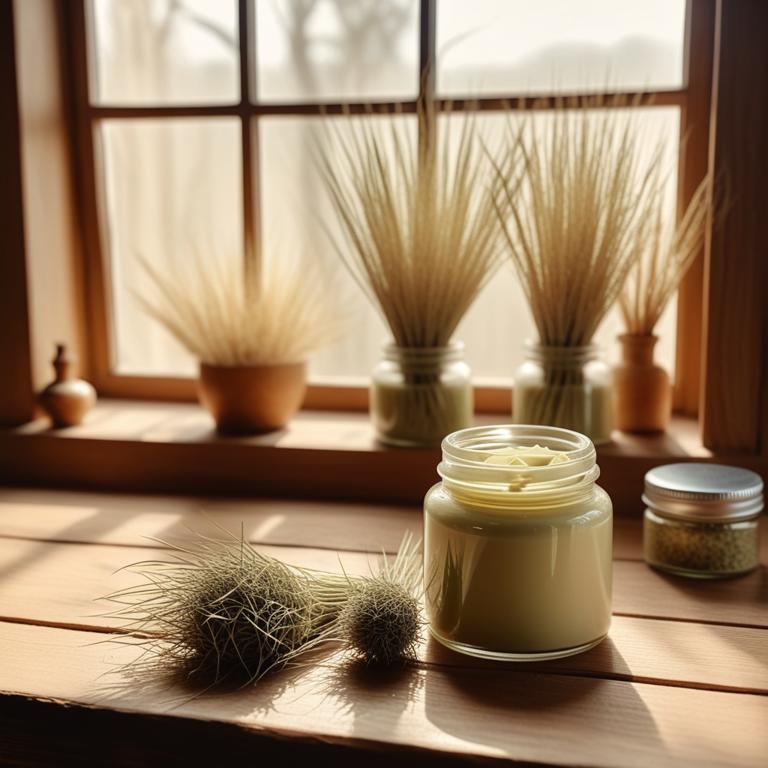
Cymbopogon citratus creams, derived from the essential oil of the lemongrass plant, have been traditionally used to treat body odor due to their deodorizing and antimicrobial properties.
The herbal preparation helps to treat this ailment by reducing sweat production, inhibiting the growth of bacteria that cause body odor, and leaving a refreshing citrus scent.
The bioactive constituents of Cymbopogon citratus creams, including citral and geraniol, have been found to exhibit strong antimicrobial and antifungal activities, which contribute to its effectiveness in controlling body odor.
The benefits of using Cymbopogon citratus creams to treat body odor include a long-lasting deodorizing effect, improved skin health, and a pleasant, citrusy fragrance.
5. Lavandula angustifolia creams

Lavandula angustifolia creams have been traditionally used to treat body odor, a common ailment caused by excessive sweating.
The antifungal and antibacterial properties of this herbal preparation help to treat this condition by inhibiting the growth of odor-causing bacteria and fungi on the skin.
The bioactive constituents of Lavandula angustifolia, including linalool and linalyl acetate, contribute to its antimicrobial properties, making it an effective remedy for body odor.
The benefits of using Lavandula angustifolia creams to treat body odor include reduced sweat odor, improved skin health, and a refreshing, calming scent.
6. Pelargonium graveolens creams

Pelargonium graveolens creams have been traditionally used to treat body odor due to their antibacterial, antifungal, and deodorizing properties.
This herbal preparation helps to treat body odor by inhibiting the growth of bacteria that cause sweat odor and reducing the production of sweat, resulting in a fresher and more pleasant body smell.
The bioactive constituents of Pelargonium graveolens, such as geraniol, linalool, and citronellol, have antimicrobial properties that help to combat the underlying causes of body odor.
The benefits of using Pelargonium graveolens creams to treat body odor include a reduction in sweat odor, improved skin health, and a natural and non-irritating solution for individuals prone to body odor.
7. Rosmarinus officinalis creams
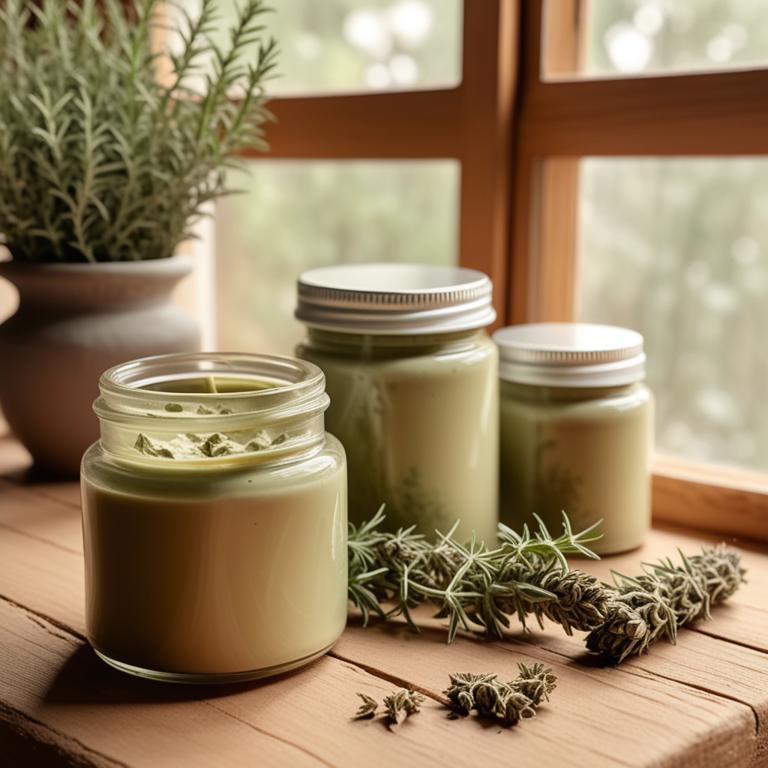
Rosmarinus officinalis creams have been traditionally used to treat body odor due to their deodorizing and antimicrobial properties.
The herbal preparation helps to treat this ailment by reducing the growth of bacteria that cause body odor and by its ability to inhibit the production of sweat.
The bioactive constituents of Rosmarinus officinalis creams, including carnosic acid and rosmarinic acid, exhibit potent antimicrobial and antioxidant activities that contribute to their deodorizing effects.
The benefits of using Rosmarinus officinalis creams to treat body odor include their natural origin, ease of use, and potential long-term effectiveness in reducing sweat and body odor.
Related Study
According to "Journal of ethnopharmacology", Rosmarinus officinalis creams for body odor have shown potential in combating Malassezia species, which can cause infections and exacerbate skin disorders such as dandruff and seborrheic dermatitis, due to their antimicrobial activities.
8. Zingiber officinale creams

Zingiber officinale creams, derived from the rhizomes of the ginger plant, possess antiseptic and antibacterial properties that help to treat body odor ailments.
These creams contain bioactive constituents such as gingerols and shogaols, which inhibit the growth of bacteria and fungi that cause body odor.
By applying Zingiber officinale creams to the affected areas, individuals can reduce sweat and kill odor-causing bacteria, resulting in fresher and odor-free skin.
The benefits of using Zingiber officinale creams include reduced bacterial growth, improved skin health, and a natural and non-irritating solution for body odor treatment.
9. Thymus vulgaris creams
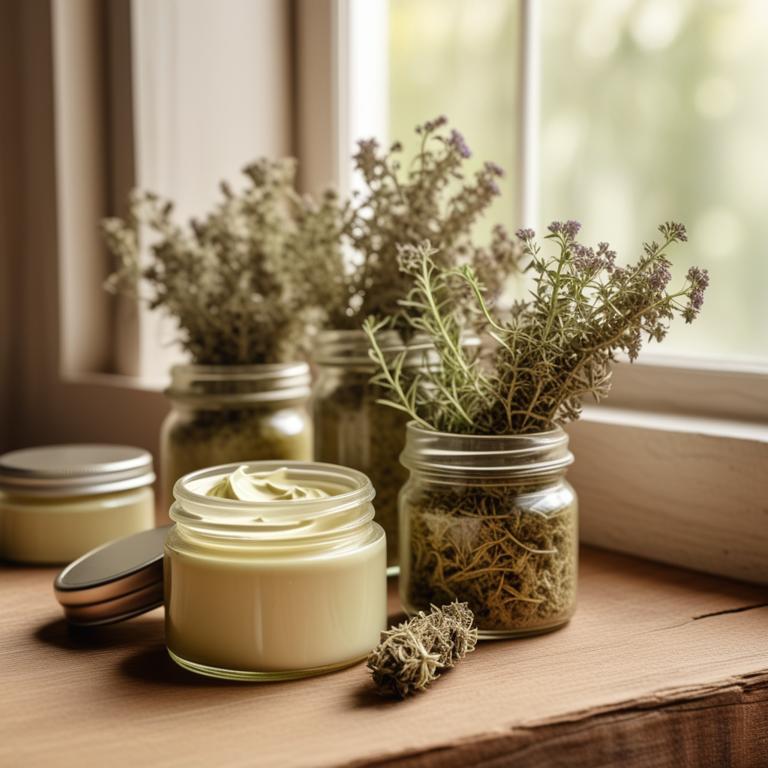
Thymus vulgaris creams, derived from the herb thyme, have been used for centuries to treat body odor due to their natural deodorizing and antibacterial properties.
The bioactive constituents of thyme, including thymol and carvacrol, help to combat the bacteria that cause body odor, thereby reducing the unpleasant smell.
These creams not only mask the odor but also inhibit the growth of bacteria, making them a popular choice for individuals seeking a natural and effective solution to body odor.
The benefits of using Thymus vulgaris creams include a reduction in sweat and body odor, a soothing effect on the skin, and a natural, chemical-free alternative to traditional deodorants.
10. Boswellia serrata creams
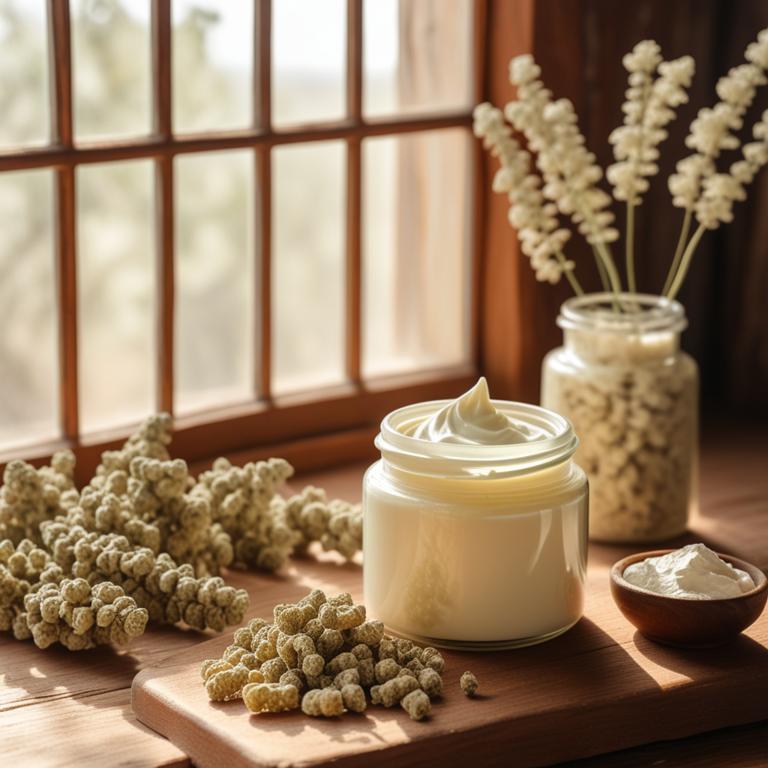
Boswellia serrata creams have gained popularity as a natural remedy to treat body odor, a condition characterized by excessive sweating and unpleasant smell.
The anti-inflammatory and antimicrobial properties of Boswellia serrata creams help to treat this ailment by reducing sweat production and inhibiting the growth of odor-causing bacteria.
The bioactive constituents of Boswellia serrata creams, including boswellic acids, flavonoids, and terpenes, contribute to its therapeutic effects by modulating the body's response to stress and reducing inflammation.
The benefits of using Boswellia serrata creams to treat body odor include reduced sweat and odor, improved skin health, and a natural alternative to chemical-based products.
11. Pogostemon cablin creams

Pogostemon cablin creams, also known as patchouli oil, have been traditionally used to treat body odor due to their antifungal and antibacterial properties, which help to eliminate the underlying causes of the ailment.
The herbal preparation is effective in treating body odor as it reduces sweat and prevents the growth of odor-causing bacteria and fungi on the skin.
The bioactive constituents of Pogostemon cablin creams, including patchoulol and norpatchoulenol, contribute to their antifungal and antibacterial properties, which help to treat body odor.
The benefits of using Pogostemon cablin creams to treat body odor include natural and non-irritating relief, making it a popular alternative to conventional deodorants and antiperspirants.
12. Salvia officinalis creams
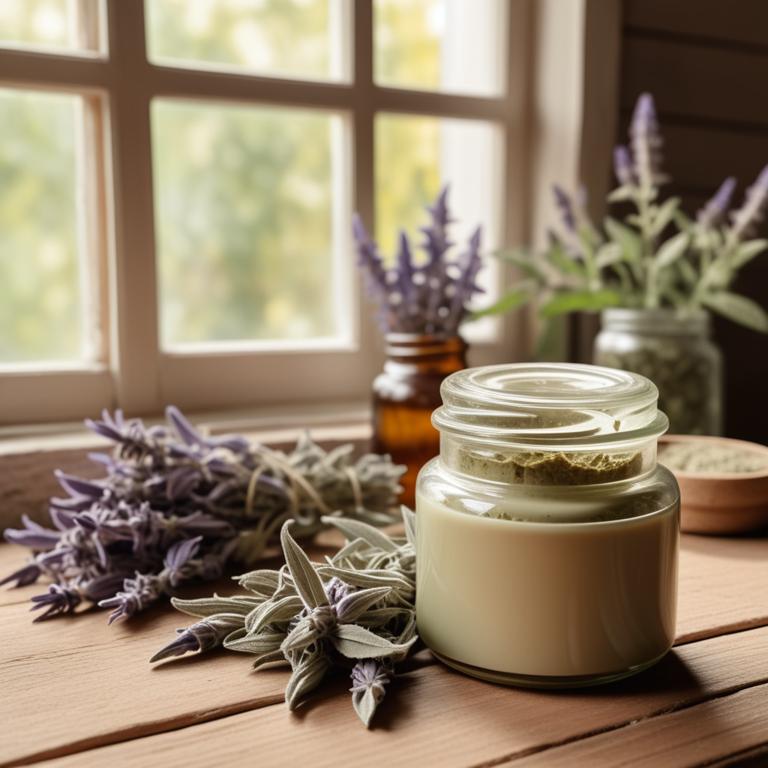
Salvia officinalis creams have been used as a natural remedy to treat body odor due to their deodorizing and antimicrobial properties.
The bioactive constituents of Salvia officinalis, including thujone, camphor, and borneol, help to reduce sweat and inhibit the growth of bacteria that cause unpleasant odors.
By reducing sweat and preventing bacterial overgrowth, Salvia officinalis creams create an environment that is less conducive to body odor, providing a natural and effective solution for those who suffer from this issue.
The benefits of using Salvia officinalis creams to treat body odor include a reduction in sweat and odor, a decrease in the risk of skin irritation, and a natural alternative to harsh chemicals commonly found in commercial deodorants and antiperspirants.
13. Matricaria chamomilla creams
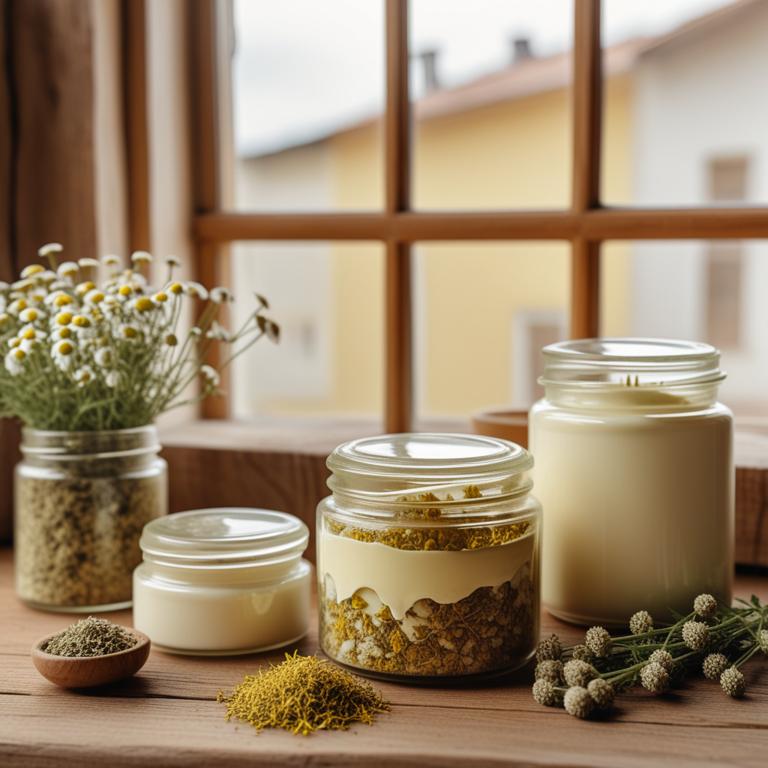
Matricaria chamomilla creams have been traditionally used to treat the body odor ailment due to their antifungal and antibacterial properties, which help to reduce the growth of microorganisms that contribute to the development of body odor.
The herbal preparation's ability to soothe and calm the skin, reducing irritation and inflammation, also plays a significant role in alleviating body odor.
The bioactive constituents of Matricaria chamomilla, including apigenin and luteolin, have been shown to exhibit antimicrobial and anti-inflammatory activities, which help to combat body odor-causing bacteria and fungi.
By using Matricaria chamomilla creams, individuals can experience the benefits of reduced body odor, improved skin health, and a sense of freshness and confidence.